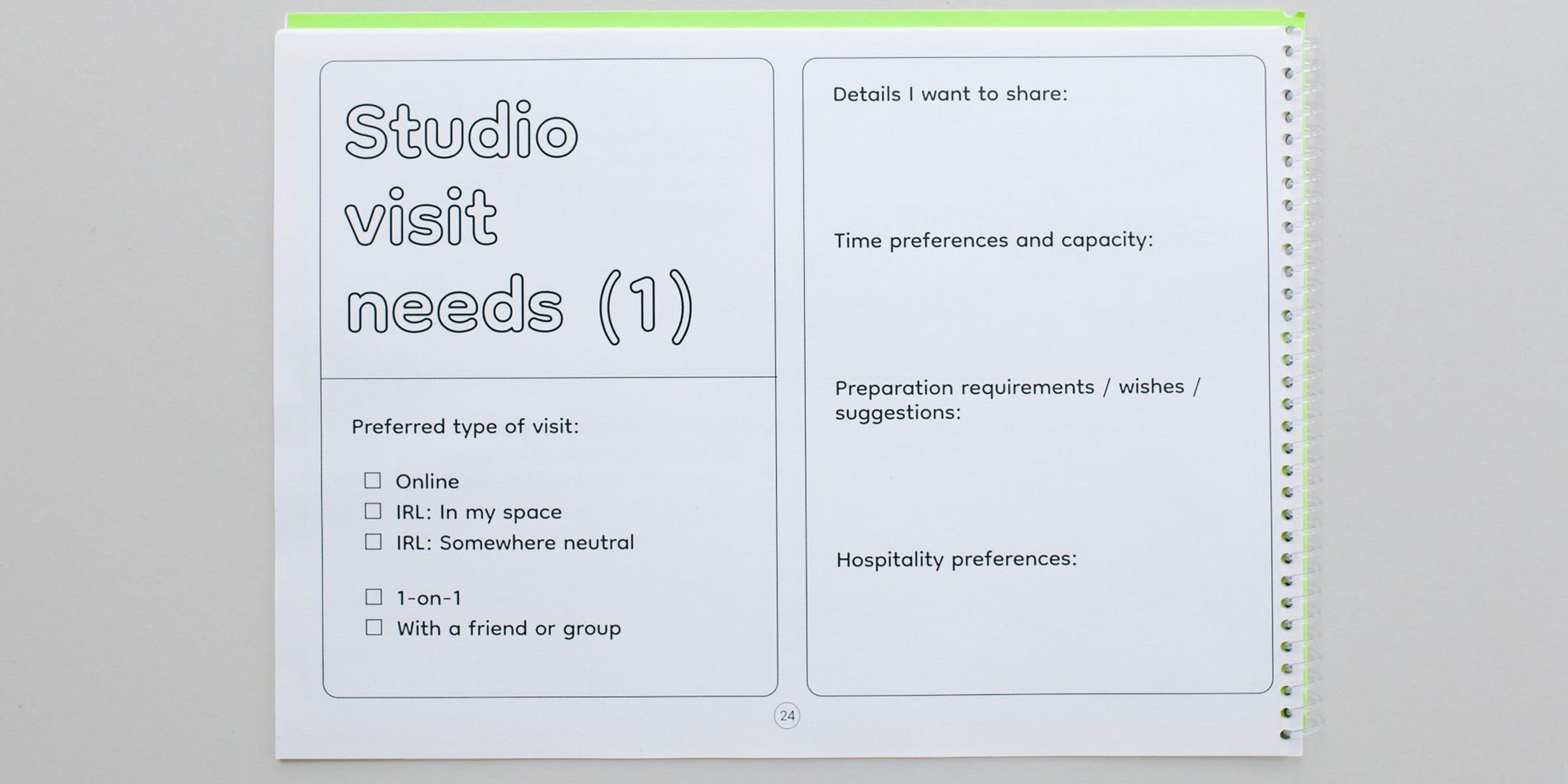
Intervju med Open Studios Stavanger & Sandnes
OSS — Open Studios Stavanger & Sandnes er et lokalt initiativ som inviterer publikum inn i mange av de regionale kunstneratelier. OSS arrangeres for første gang helgen 30. september til 1. oktober 2023. Nasjonalt er ikke Open Studios et ukjent konsept. En gang i året inviteres publikum inn i kunstneres atelierer i flere av de stor byene i Norge. Det har også vært arrangert lignede prosjekter her i regionen tidligere, men OSS debuterer solid med hele 82 atelier som åpnes for publikum, og et besøksprogram for kunstfaglige. CAS har snakket med OSS om hvordan det hele startet, hva som skal skje åpningshelgen, og om veien videre.
- NO
- 27 September 2023
- Interview



